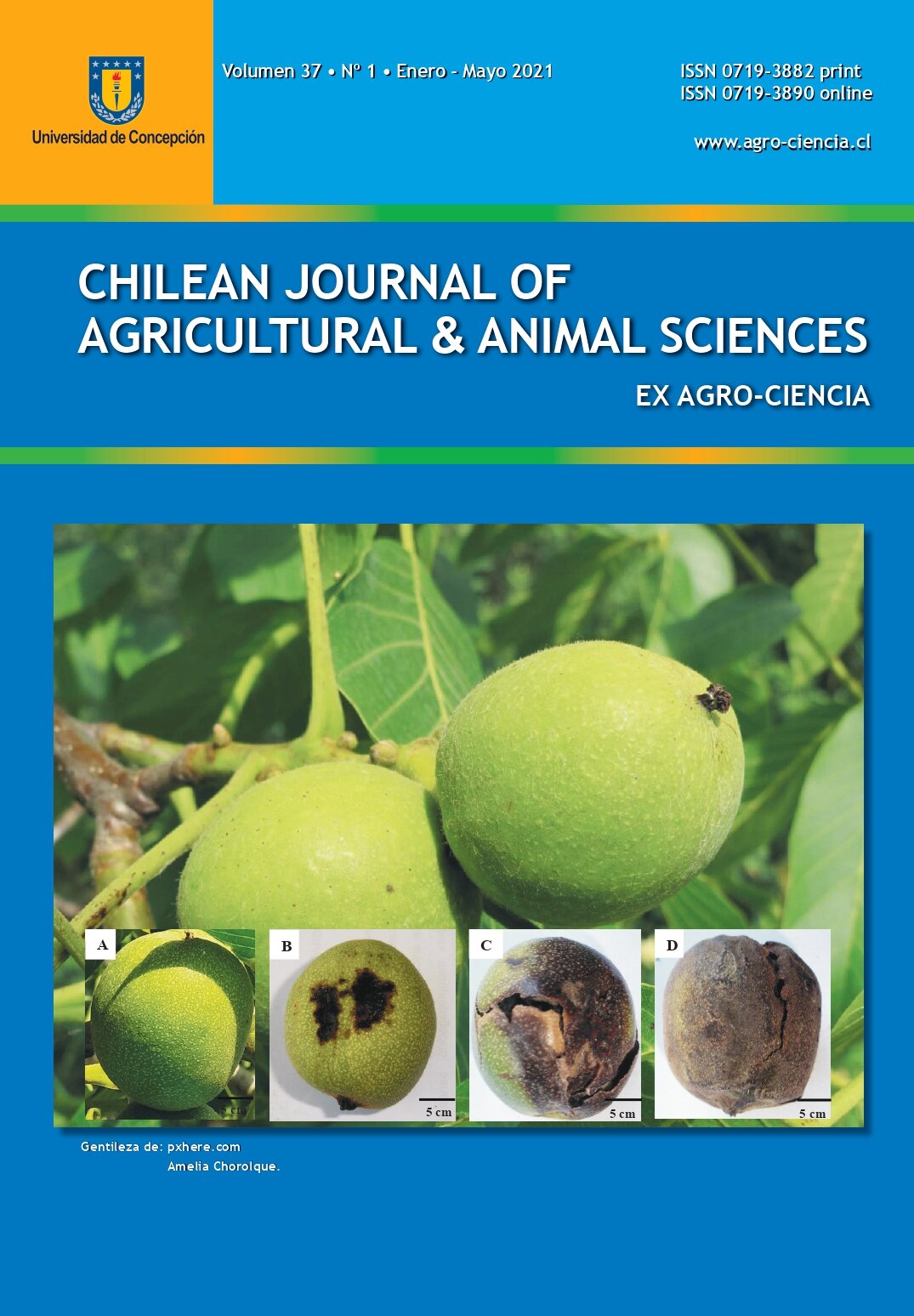EFFECTS OF INTERMITTENT IRRIGATION METHOD IN YIELD COMPONENTS AND WATER MANAGEMENT ON ELEVEN RICE GENOTYPES (Oryza sativa L.)
Celerino Quezada1* Santiago Hernaíz2, Neal Stolpe1, y Alejandro Saludes1
ABSTRACT
The strategies to decrease water input in the rice crop are a key factor in facing water resources scarcity in agriculture and ensure the crop sustainability. The objective of this study was to evaluate the effect of intermittent irrigation on yield components and water management on eleven rice genotypes. The yield components, agronomic characteristics and water management, were compared between two irrigation systems: intermittent versus permanent flooding. The results showed that intermittent irrigation decreased panicles m-2 without affecting number of grains per panicle and the 1000-grain weight, producing a 30.6% decrease in average yield. However, it was obtained an increase of 14.2% of whole grain yield, and a 41% of water saving compared to permanent flooding irrigation. The genotypes with best performance were cv. Diamante and Quila 208902, with 25.45 and 18.03% decrease in grain yield, respectively. The water use efficiency was higher in intermittent irrigation with 0.726 kg m-3 as compared with 0,523 kg m-3 of permanent flooding. It was concluded that intermittent irrigation can reduce water consumption of the rice crop and may be used in water scarcity situations, with adapted genotypes, but further research is needed in this regard.
Key words : eficiencia de uso del agua, riego por inundación permanente, componentes de rendi- miento, calidad industrial.
1 Departamento de Suelos y Recursos Naturales, Facultad de Agronomía, Universidad de Concepción, Casilla 537, Chillán, Chile.
*Autor para correspondencia E-mail: [email protected]
2 Villa Los Jardines de Ñuble, Las Orquídeas 871, Chillán, Chile.


